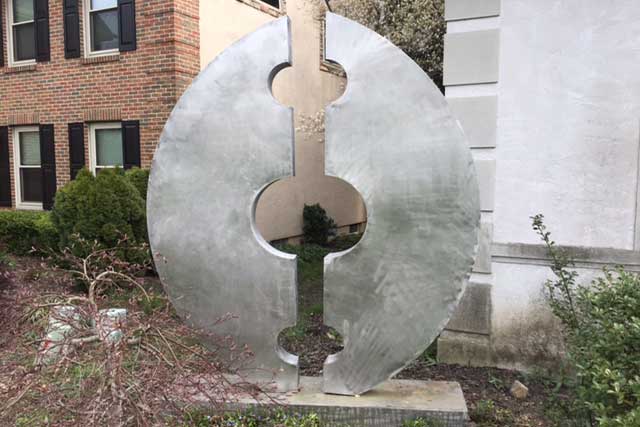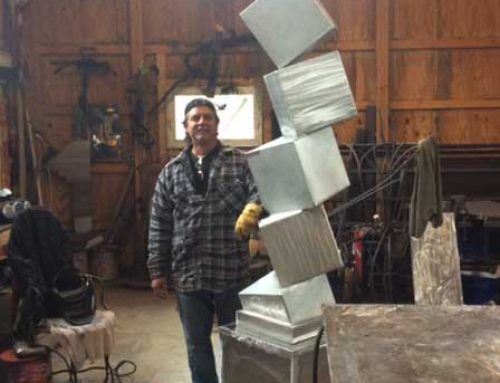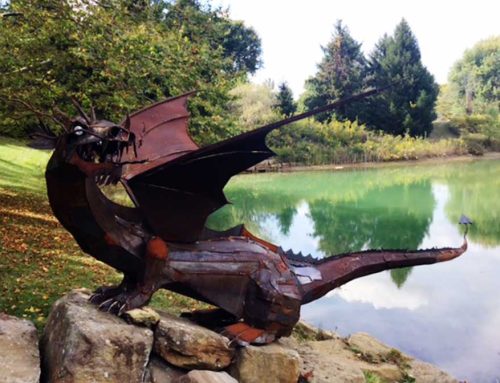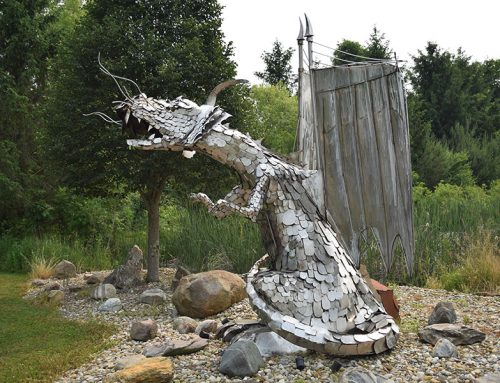When you buy a pre-fabricated piece of art from a store like Wal-Mart or HomeGoods, you get what you get – the price is there for you to see and you know what you are paying upfront. But when it comes to fine art pricing, the price is based on several factors.
Through the years of considering my fine art pricing, I’ve come up with a method. I don’t arbitrarily charge for a piece – there is a method behind the money. The first thing I consider when I give my price is the cost of materials. I apprenticed as a jeweler, and as I like to say, “If you want it made of gold, I can make it from gold – but it’ll cost more.” I am a master metalworker, so my works are made from commodities: Stainless steel, steel and aluminum. So, the price of materials is what it is – I don’t set the cost. Steel is the cheapest, but it does require powder coat or paint to finish it, which costs money. Aluminum is the mid-level material and doesn’t require any finish except a clear coat. Stainless steel is the highest price material.
Then, after I determine the cost of materials, I estimate how many hours the project will take. I’m very good at this, and I can almost always ballpark it accurately for my clients. I don’t upcharge my hourly rate based on my artistic talents – I charge the rate that other Ohio area metalworkers are charging, so you are getting a very competitive rate.
Then, I consider the scope of the project. Larger pieces, more detail work and how and where the piece is installed can all factor into the price. We call these the intangibles.
When I talk fine art pricing with clients, I can almost always give them a quote that will be the final piece of the project. I’m not like a contractor who might tell you it’ll cost a certain amount to remodel your kitchen and then encounter issues with wiring or gas lines that dramatically increase the cost.
I say that 99.9% of the time, the estimate is what my clients pay for my custom pieces.
When you commission a piece of art from an artist, it’s best to enter the process with a realistic idea of the costs – and a flexible budget. Occasionally, my clients experience sticker shock because it is their first time dealing with fine art pricing.
Consider that you are commissioning a one-of-a-kind piece made by a master craftsman. How much should that cost? Certainly more than something mass produced.
SmARTworks
Artist Steven Bush has been creating custom metalworking pieces for more than 20 years. If you are looking for your first custom commission art piece, contact him today.




